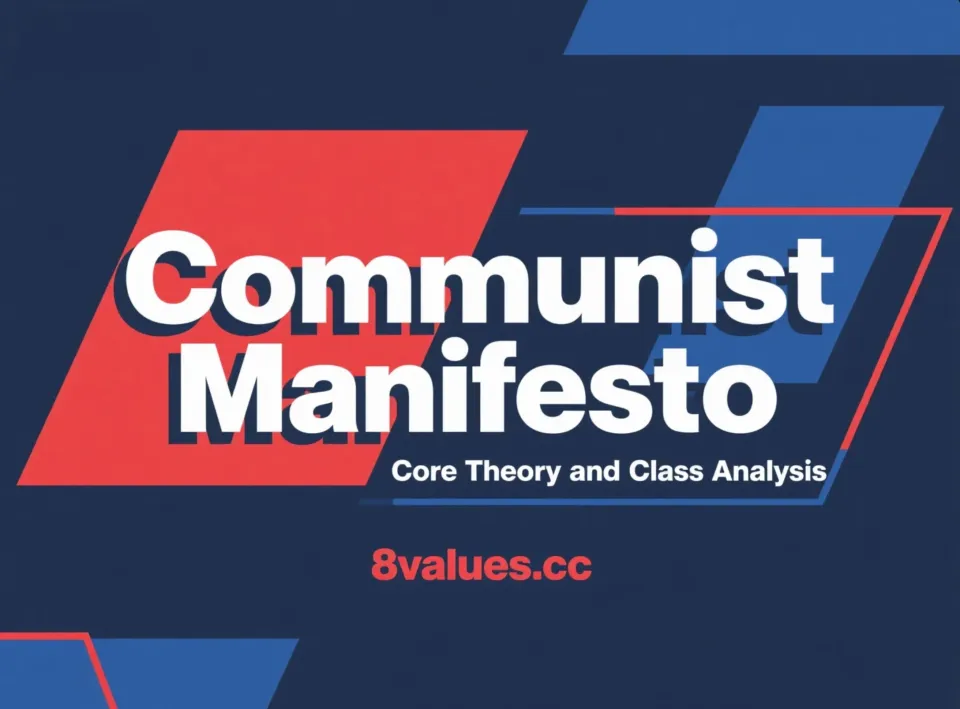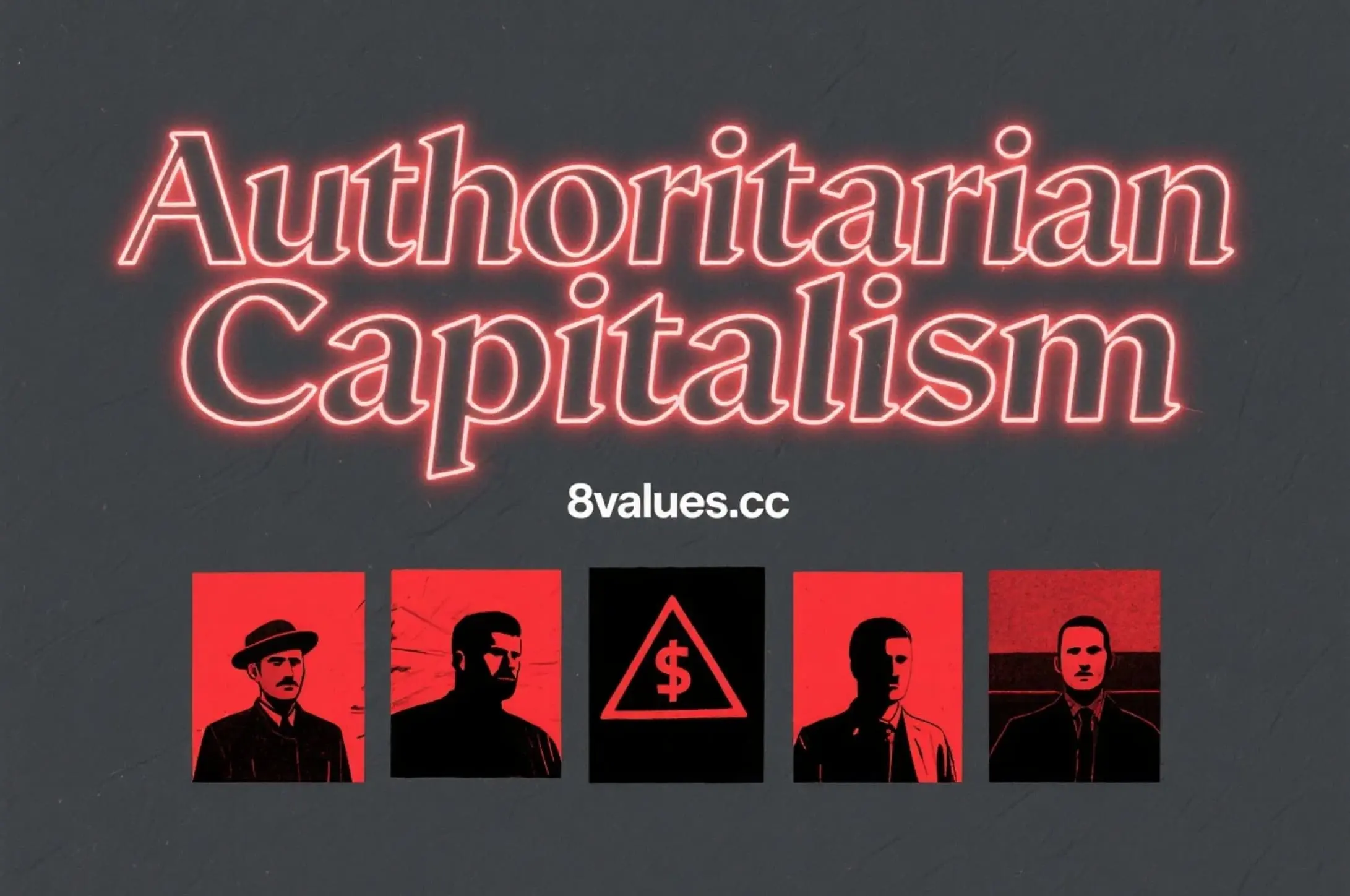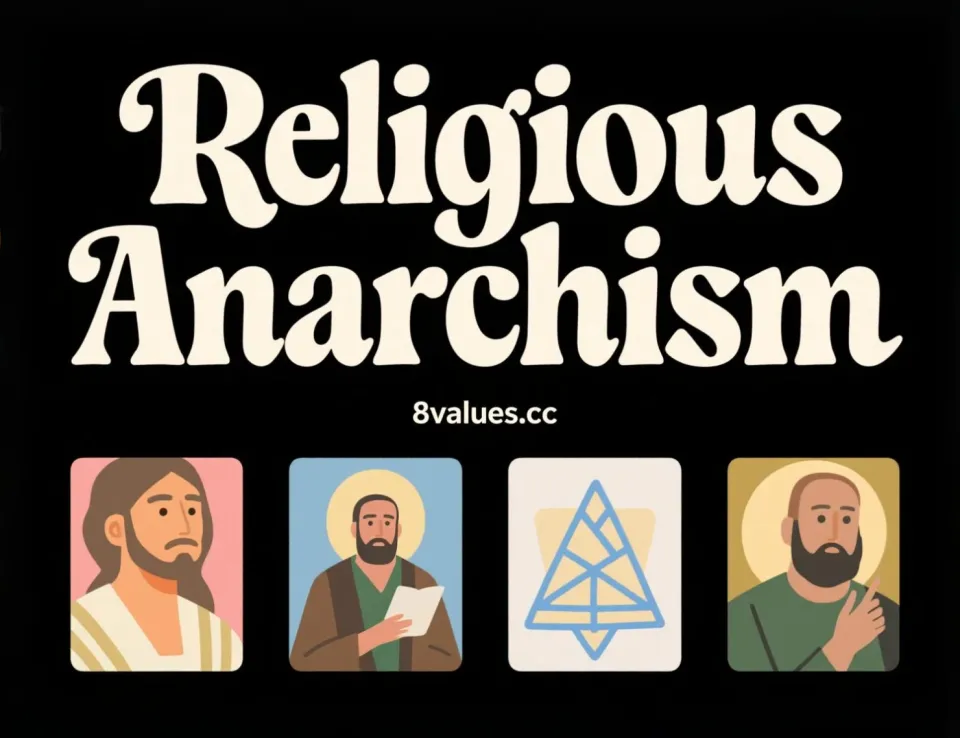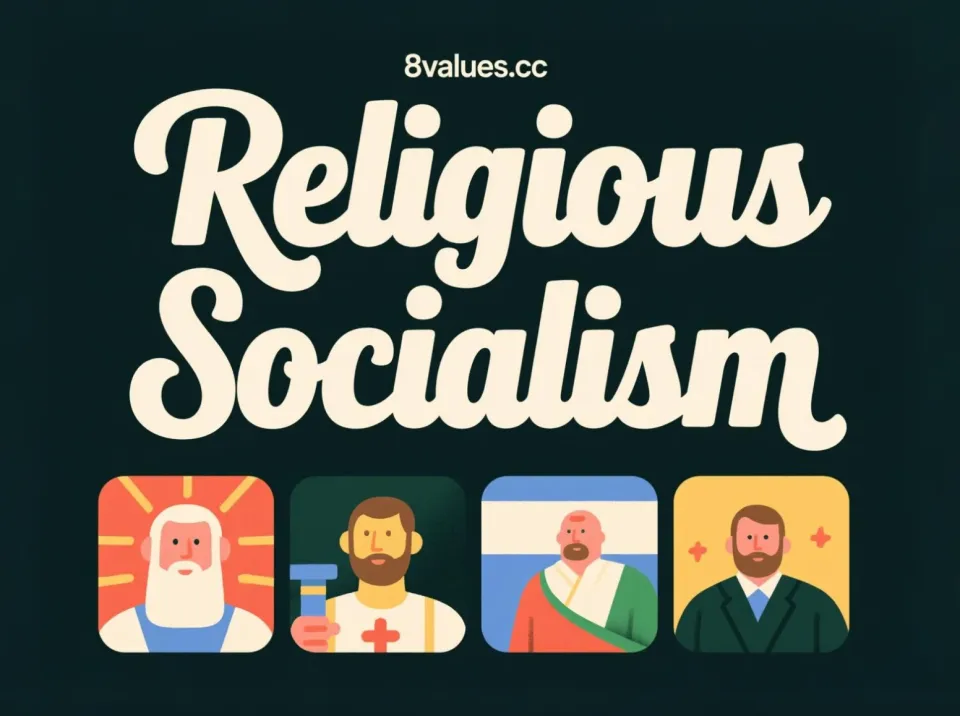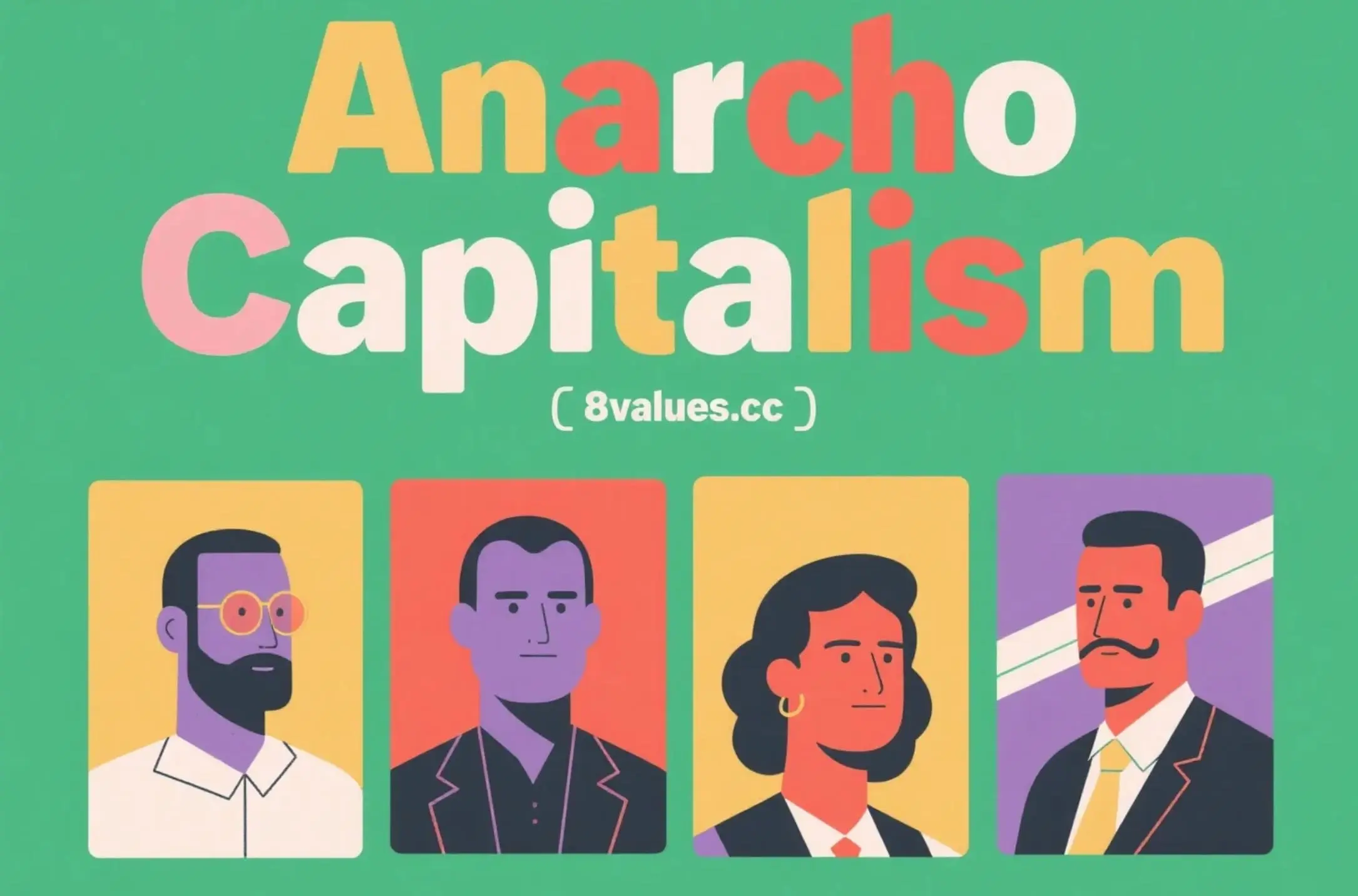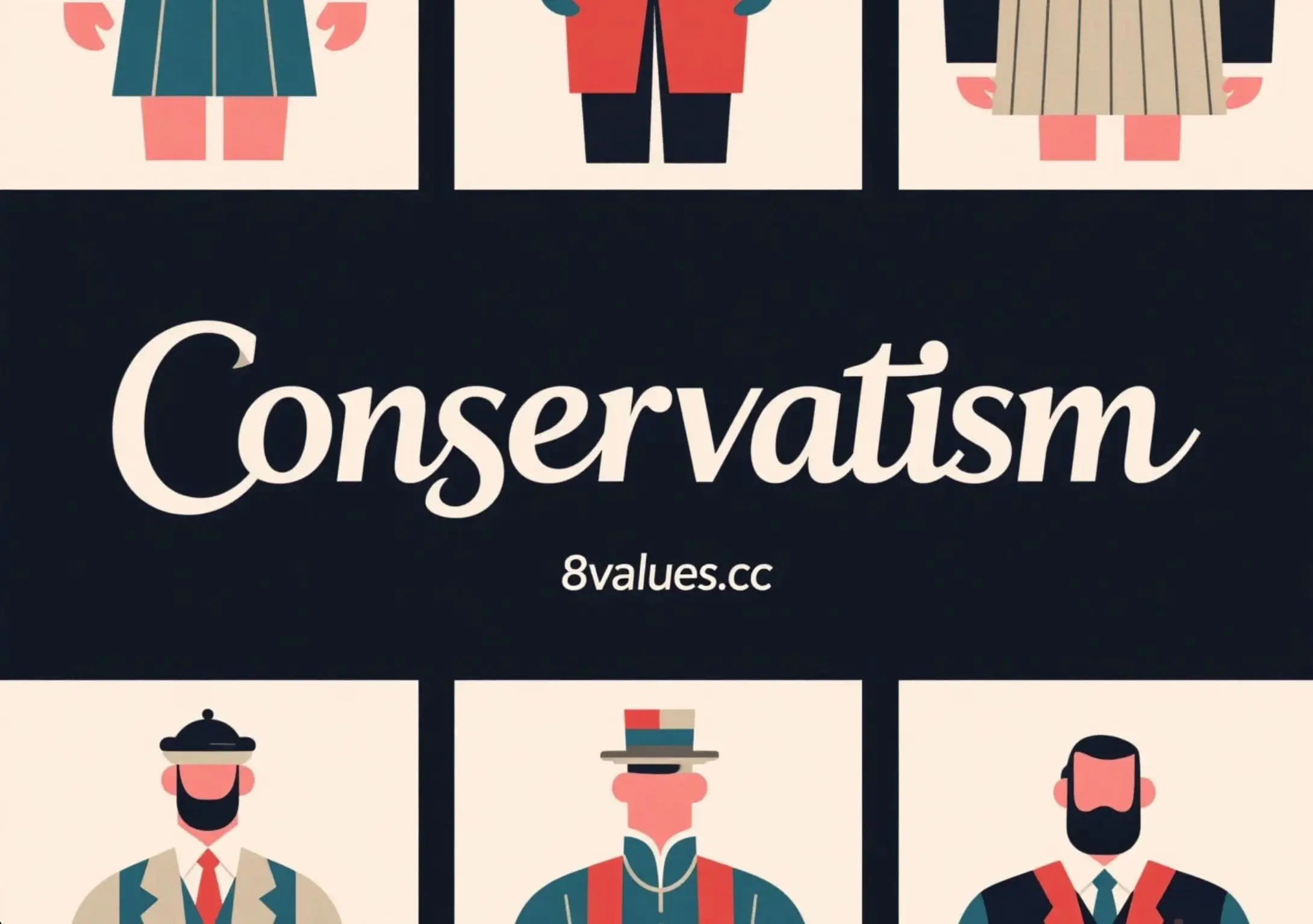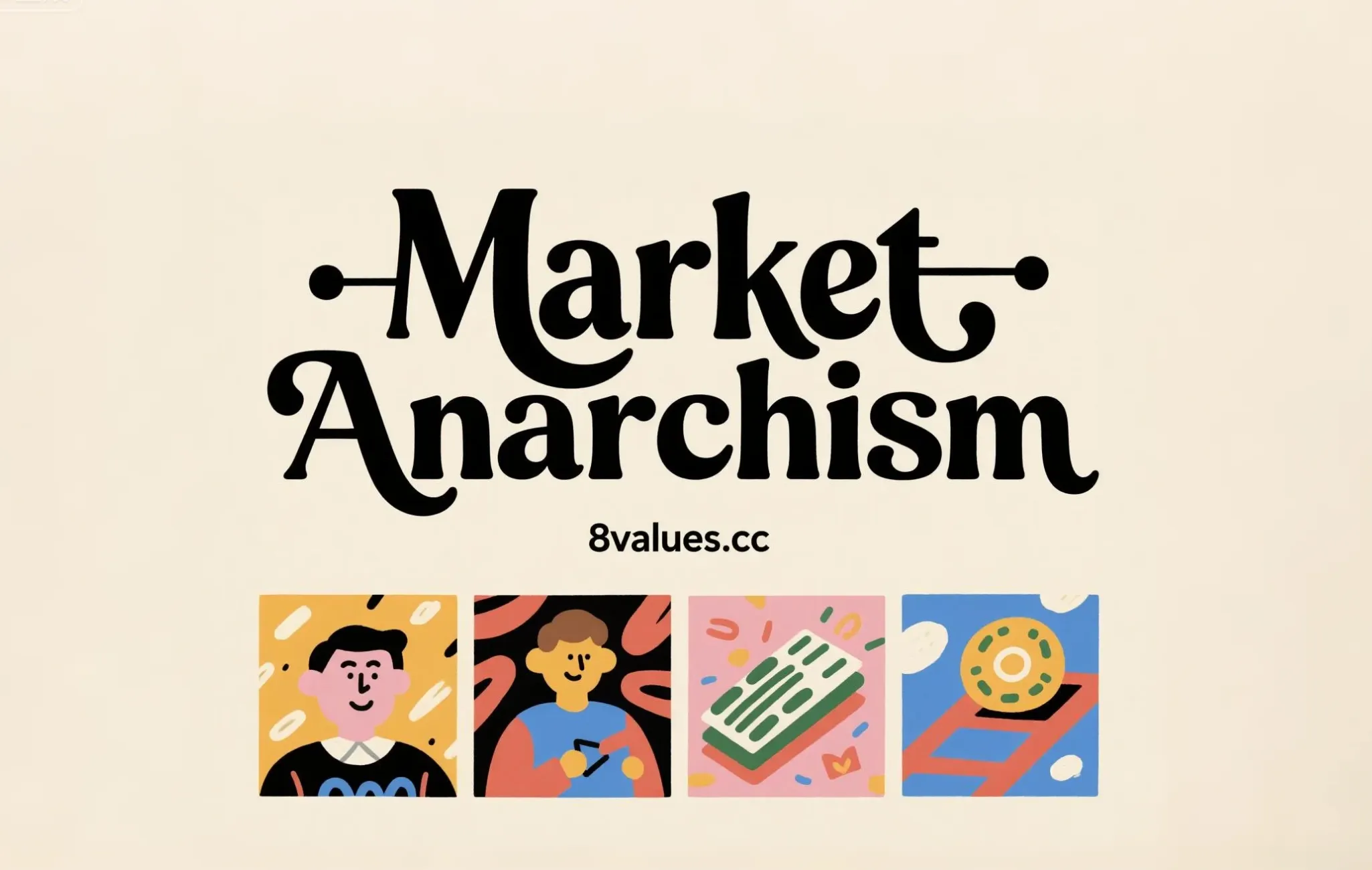The Scientific Interpretation of Core Theory and Class Analysis of The Communist Manifesto
The Manifesto of the Communist Party systematically elaborates on the essence of Historical Materialism, the cornerstone of Marxism, reveals that class struggle is the basic driving force for social development, and conducts a profound and scientific analysis of the internal contradictions between the modern bourgeoisie and the proletariat. Readers can go to the 8Values Political Ideology Test official website to understand the theoretical basis of different ideologies through the 8Values Political Values Prone Test.
The Communist Manifesto / Manifesto of the Communist Party is a programmatic document drafted by Karl Marx and Friedrich Engels in 1848 for the Communist League. This short but poetic and profound insightful text is considered one of the most influential political documents in history. It is not only the first public program of Scientific Socialism, but its basic principles are still considered as a tool for analyzing the ills of capitalism and the path of human development.
The core content of the "Communist Manifesto" is divided into four chapters, and the basic idea (Fundamental Proposition) runs through it is the Marxist historical view. In his later preface, Engels pointed out that this idea belongs exclusively to Marx .
Historical materialism: the scientific cornerstone of society's operation
The theoretical system founded by Marx and Engels, namely scientific socialism, is based on the solid foundation of materialistic conception of history . This theory provides a scientific method for understanding the development of human society, rather than resorting to moral preaching or vain imagination.
The basic ideas of historical materialism point out:
- Economic production is the basis: "The main modes of economic production and exchange in each historical era and the social structure that inevitably arise from it are the basis on which the political and spiritual history of the era depend on."
- Ideology changes accordingly: people's ideas, opinions and consciousness, that is, ideology , change with changes in their material living conditions, social relations and social life. "The ruling thought of every era has never been just the ruling class."
Engels highly praised the status of this idea and pointed out that its contribution to history "will definitely play a role like the Darwinian theory played in biology."
Class Struggle: The Driver of All History
Under the framework of historical materialism, the Communist Manifesto proposes its core social analysis method, namely the theory of Class Struggle .
Marx and Engels "the history of all societies (referring to all written societies) so far is the history of class struggle."
In various eras of the past, society was divided into complex hierarchical structures such as free people and slaves, nobles and civilians, lords and serfs. However, what is unique about the modern bourgeois society is that it "simplifies class opposition." Society "is increasingly divided into two hostile camps, two directly opposing classes: the bourgeoisie and the proletariat."
This kind of struggle is sometimes hidden and sometimes open, but the result of each struggle ends with "the revolution and transformation of the entire social land" or "the common demise of all classes of struggle."
The role of the bourgeoisie: the revolutionary subversive and the creator of the gravedigger
The first chapter of the Communist Manifesto (Bourgeois and Proletarians) describes the bourgeoisie in detail, which is defined as "the modern class of capitalists, who are the owners of social means of production and use wage labor."
The historical role of the bourgeoisie
The Communist Manifesto affirms the "very revolutionary role" played by the bourgeoisie in history.
- Continuous revolution in production: the bourgeoisie "cannot survive unless it continuously revolutionizes the tools of production, and thus the relations of production, and thus the entire social relations." It interrupts the feudal bond that binds people to "natural elders" , making "there is no other connection between people except for naked interests and cruel and ruthless 'cash payment' .
- Creating huge productivity: The productivity created by the bourgeoisie in less than a hundred years of domination is "more and greater than the total productivity created by all generations in the past."
- Establishing a world market: The bourgeoisie opened up the world market , making production and consumption global, and involved "all nations and even the most barbaric nations" into capitalist civilization.
The inner contradictions of capitalism
However, the rule of the bourgeoisie is a system full of internal contradictions . It replaces the exploitation that was covered up by fantasy in the past with "naked, shameless, direct, brutal exploitation" . This exploitation leads to the concentration of wealth and power in the hands of a few , while the majority suffers from poverty and exploitation.
What is even more ironic is: "The bourgeoisie not only forged weapons that killed themselves, but also produced people who would use such weapons - modern workers, i.e. proletarians." In other words, the bourgeoisie produced its own grave -diggers.
The Communist Manifesto asserted that "the demise of the bourgeoisie and the victory of the proletariat are equally inevitable."
Proletariat: Employed workers in modern society
The Proletariat (Proletariat) is the "modern hired working class" who "has nothing else to sell out their own labor."
Labor and Exploitation
Under the capitalist system, the labor of workers creates capital, but they themselves are regarded as "commodities" and "appendages of the Machine" .
- Minimum wage: The average price of employed labor is "minimum wage" , that is, "the sum of the part of living materials that are absolutely necessary to maintain the survival of workers as workers." What workers possess through labor is "only enough to barely maintain and regenerate their lives."
- The essence of capital: Capital created by workers is the property of "exploits wage-labour" . The property obtained by workers' labor is "just to proliferate capital" and is allowed to survive only when "the interests of the ruling class require him."
The unity of class and the subject of revolution
With the development of industry, the proletariat has moved from a dispersed state to a union (combination/association). They organize into a class and, in turn, into a political party.
The relationship between the Communists and the proletariat as a whole is that they are "the most advanced and determined part of the working party in all countries." What they do in theory outperform the rest of the proletarian masses is that they "have a clear understanding of the course, conditions and ultimate general outcomes of the proletarian movement."
The direct goal of the Communists is the same as that of all proletarian parties: "To form the proletariat into a class, overthrow the rule of the bourgeoisie, and to seize power by the proletariat." The first step in the proletarian revolution is to "elevate the proletariat to a ruling class and strive for democracy."
If you are interested in how different ideologies view class structure and power distribution, you can gain an in-depth look at all outcome ideologies .
The core program of communism: eliminating the bourgeois private ownership
Regarding communist theory, Marx and Engels gave the simplest summary , namely "Abolition of private property" .
Definition of private property
The Communist Manifesto clearly distinguishes between the property of personal labor and the Bourgeois Private Property :
- Non-target property: The Communists "had no need to abolish" the "property earned by individuals and obtained by their own labor" of small handicraftsmen and small farmers, because the development of modern industry has "destroyed it day by day."
- Target property: What the Communists want to eliminate is "private property of the modern bourgeoisie" , which "is based on class antagonism and exploitation of the majority by the minority."
Capital "is not a personal force, but a social force." When capital is transformed into "public property that belongs to all members of society" , "what changes here is the social nature of the property. It will lose its class nature."
Response to bourgeois doubts
The Communist Manifesto also responds to a series of bourgeois criticism from communism, such as the elimination of freedom, personality, family and nation. Marx and Engels pointed out that these accusations were nothing more than "bourgeois prejudices."
- About freedom: The "freedom" of the bourgeoisie refers to "free trade and free trading" based on the bourgeois production relations. This freedom is based on the premise that "ninety percent of the population has no property." Communism is to "eliminate this free trade based on exploitation."
- About personality: The bourgeoisie accused communism of "eliminating personality and freedom" , which actually refers to eliminating the "personality, independence and freedom of the bourgeoisie." The Communists simply "deprive the power to use this possession to enslave other people's labor."
- About Education and Family: Bourgeois families are based on “capital and private interests.” The Communists just want to change the nature of education through social education and "get rid of the influence of the ruling class." The role of modern industry is tearing the proletarian family connections apart , and their children become "simple commodities and tools of labor."
Transitional measures after the seizure of power of the proletariat
After seizing political supremacy, the proletariat will use its dominance to "seize all the capital of the bourgeoisie step by step" and concentrate "all the tools of production in the state, that is, to organize it into the hands of the proletariat of the ruling class."
The Communist Manifesto enumerates a series of revolutionary measures that can be widely adopted in state-of-the-art countries that may appear “insufficient and untenable” economically, but are inevitable for a radical transformation of the mode of production:
- Abolish the private ownership of real estate and use land rent for public purposes.
- Implement high progressive income tax.
- Abolish the inheritance right .
- Concentrate the credit and transportation industries in the hands of the state .
- Implement free public education and cancel labor in child labor in factories .
In later prefaces (such as the preface in 1872), Engels and Marx pointed out that given the practical experience of the Paris Commune, the actual use of these revolutionary measures would be "transferred at any time and anywhere based on the historical conditions of the time." A particularly important revision is that "the working class cannot simply master the ready-made state machine and use it to achieve its own goals."
Ultimately, what replaces the old bourgeois society where class and class opposition exists will be "a union" , in which "the free development of everyone is the condition for the free development of all people."
The Communist Manifesto is still inspiring discussions on social equity and change, and serves as an important cornerstone for understanding class dynamics and ideology. You are welcome to continue to visit our official blog to continue exploring your political values and understanding of these theories, and also understand the theoretical basis of different ideologies through the 8values political values tendency test .
